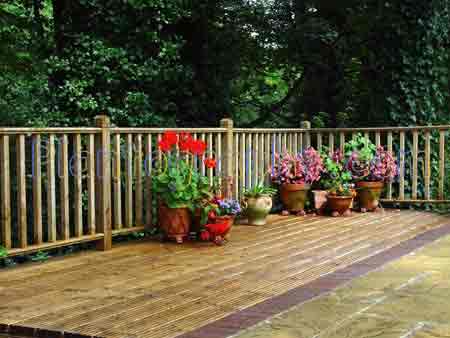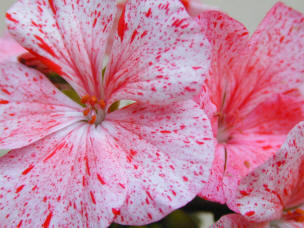Perennial Definition - Herbaceous and Evergreen Perennials.
Basically, the definition of a perennial, is a plant that lives for more than two years. If the plant has a natural life cycle of only two years, then it is a biennial. If it lives for just one year or less, then it is an annual.
If you buy a plant for your garden that is labelled as a perennial, and you fail to look after it properly, and it dies after a few months, it is still a perennial. But, it is now a dead perennial!
For the garden, perennials normally mean that group of plants which live a few years or so, and popularly include plants such as Lupins, Daisies, Delphiniums, Sedums, Yellow Alyssum and most alpine or rockery plants.
What is a Perennial?
There are basically two categories of 'perennials'. The most common of the group are those that die down to or near ground level each year - normally for the winter - but then re-grow from their root system the following year. The perennials that die down in the winter are defined as 'herbaceous' perennials/plants.
Most garden bulbs are in fact
perennials in that they shoot forth again
after a dormant period. But, for the purpose
of this section, a Perennial is a garden
plant that lives for a few years -
regardless of whether it chooses to 'sleep'
for the winter months.
Evergreen Perennials
The second group of perennials are evergreen - or semi-evergreen - and do not not die down in the winter. These are fewer in number than herbaceous perennials and include such perennial garden plants as Penstemons, Bergenias, Epimediums, some of the Euphorbias, and also some of the ornamental grasses. The Ornamental grasses have their own section. Many of the Rock garden plants are also evergreen perennials. Phlox, Iberis Candytuft, Ajuga - Bugle.
'Herbaceous' simply means that the plant dies down in the winter to grow again next year. It hides from the winter weather - sensible. Annuals that die completely in the winter, and do not re-grow, are not herbaceous. They are dead plants!
All manner of plants can be defined as perennials. They include most shrubs and trees, for they all tend to live for more than two years. However, for the sake of simplicity, we simply call them trees or shrubs. Much easier. But, they are true perennials.
Biennial or Perennial?
Some plants are mistaken for perennials because they seem to grow again each year, when in fact, it is not the same plant, but young seedlings from the mother plants. Plants such as Forget-me-nots live forever it seems - once you have them Wrong! The Forget-me-not (Myosotis) plant only lives for maximum of two years. But, before it dies - right after flowering - it re-seeds itself, with young babies which will turn into flowering plants the following spring. It is a biennial! If you mistake the young seedlings for weeds and hoe them up, then you will soon be without Forget-me-nots.
So, if your garden plant lives for more than two years, and it is not a tree or a shrub, then you can safely assume that it is a Perennial. It may or may not be a 'herbaceous' perennial. But, it is a perennial!
Just to confuse things a little. There is also a group of plants which will only live from year to year if you protect them in the winter. These are called tender or half hardy perennials. Plants that fall into this group include Dahlias. Dahlias are normally dug up in the late autumn after flowering, and dried off in a frost free environment - garage or greenhouse - for the winter. These half hardy or tender perennials will live many years if they are looked after in this way. In their natural habitat - npormally warmer climates - they live as true perennials.
Most houseplants are also perennials - living for many years if cared for properly - but we will not deal with those here. Here, we talk about perennial plants in the garden!
Best Selling Gardening Products
Popular Gardening Sections
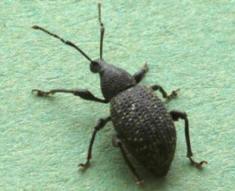
Problems
Identify Weeds in The Garden - How to deal with weeds. Diseases and Pest which harm your garden and plants, learn how to prevent, deter and erradicate your garden problems.
Garden Problems
Pruning
Pruning Guide. Shrubs flower better with correct pruning. Many illustrations and examples of what to do - and when. Includes evergreens, roses, flowering shrubs, spring flowering shrubs and pruning for stem effect. This is our most viewed and comprehensive section,
Pruning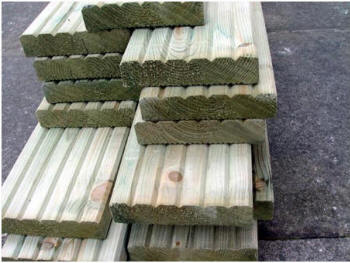
Gardening Businesses
Gardening Businesses listed in the UK counties and USA states. County and State Listings of businesses involved in Garden supplies and services. If you wish to be added to the Directory, please send us your information. Having problems, use the search box
Businesses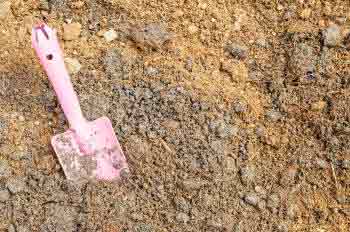
Gardening
In this section you will learn about Gardening Basics, Containers, Landscaping, Propagation and Soil.
Gardening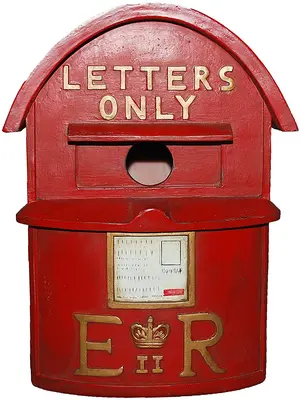
Gardening Gifts
Gardening Gifts and Reviews, Read Before you Buy
- Gardening Gifts Ideas
- Gifts For Her
- Gifts For Men
- Power Tool Gifts
- Cheap Gifts
- Personalised Gifts
- Wildlife Gifts
- Family Gifts

